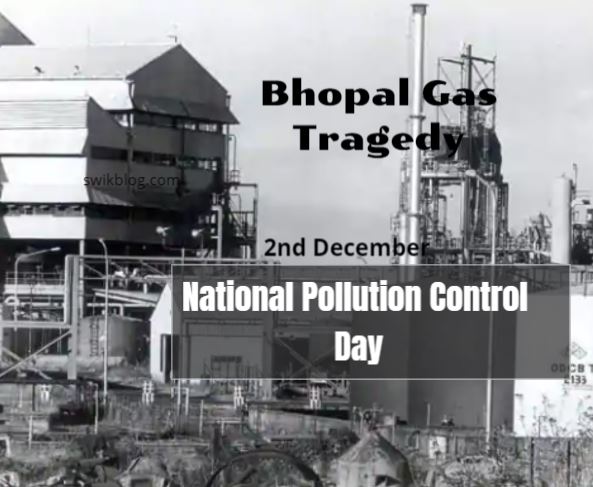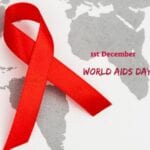Every 2nd December, India celebrates National Pollution Control Day to commemorate the memory of those who lost their lives in the disastrous 1984 Bhopal Gas Tragedy. The National Pollution Control Day is to raise awareness of the management and control of industrial hazards and to avoid pollution caused by industrial processes or by human negligence.
What is Bhopal Gas Tragedy?
On the night of 2nd December 1984, over 500 000 people were exposed to these hazardous gases with zero safety by accidental release of the highly toxic gas Methyl Isocyanate and other toxic gases from the Union Chemical Plant in the area. Over 2000 of them died suddenly upon exposure. The exposure to these poisonous chemicals killed 25,000 people in total, making the Bhopal Gas Catastrophe the worst industrial pollution accident in history.
This year marks the 36th anniversary of Bhopal Gas Tragedy that took place at midnight of 2nd December in 1984. According to the NHP, about 7 million people die from air pollution worldwide each year. It also reports that nine out of ten people worldwide have no access to adequate air. The situation is worse. Particularly the contaminants in the air will cross the protective barriers in the body causing lungs, brain and heart harm. The damage to the ozone layer is caused by air pollution
Importance of National Pollution Control Day
The Day is celebrated to raise awareness about the impact increase in air pollution and to educate people how to monitor and handle industrial disaster. Also, to increase consciousness and reduce levels of pollution about the value of pollution control measures.
Effects of Gas Tragedy
The authorities have labelled a total of 36 wards as “gas affected,” affecting 520,000 people. 200,000 of these were under the age of 15 and three thousand were women pregnant. In 1991, 3928 deaths have formally been confirmed. The final immediate death toll was 2.259. It is estimated that Ingrid Eckerman died in 2 weeks’ time.
The overall death toll was about 15,000 to 20,000 and approximately half a million survivors had breathing problems, irritations or blindness of the eye, and other diseases caused by poisonous gas contamination. The persistent health conditions of the inhabitants of the region were caused by the soil and water pollution arising from the disaster.
Swikriti Dandotia












